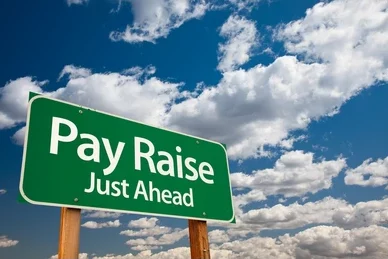According to the Labor Department, wages and salaries increased by the most in at least 2 decades last quarter. In the third quarter, pay increased by 1.5 percent, while benefits increased by 0.9 percent, both significantly faster than in the previous quarter.
What this means is that businesses are giving bigger payments to entice workers in this tumultuous labour market. With 10.4 million job openings as of August, Americans have never had a better chance to command higher wages.
Who is getting paid more?
Lower-paid workers in industries like retail have reaped the majority of the wage improvements.
Costco announced this week that it would raise its minimum wage to $17 per hour, and Starbucks said it would raise its beginning rate to $15 per hour.
Walmart, the country’s largest private employer, currently pays an average hourly wage of $16.40.
Amazon is maybe the best example of a company that invests more on its employees. Last quarter, the corporation increased wages up to $22.50 an hour in some locations and offered $3,000 bonuses, according to the company, which added $1 billion to its costs.
Higher salary comes with a cost: inflation. When businesses have to pay more for employees, they often recover those costs by means of increased prices. When corporations must pay more for higher-wage labour, which is becoming more common, the likelihood of passing this cost on to customers increases even more.
In September, the Fed’s most closely watched inflation indicator climbed at its quickest rate in 30 years.

